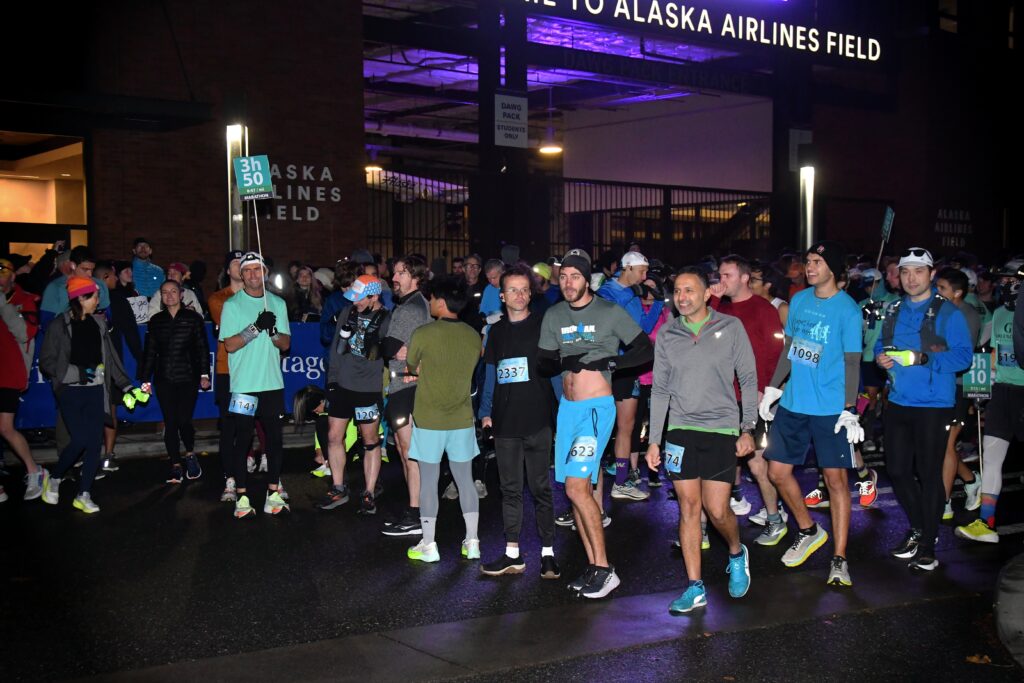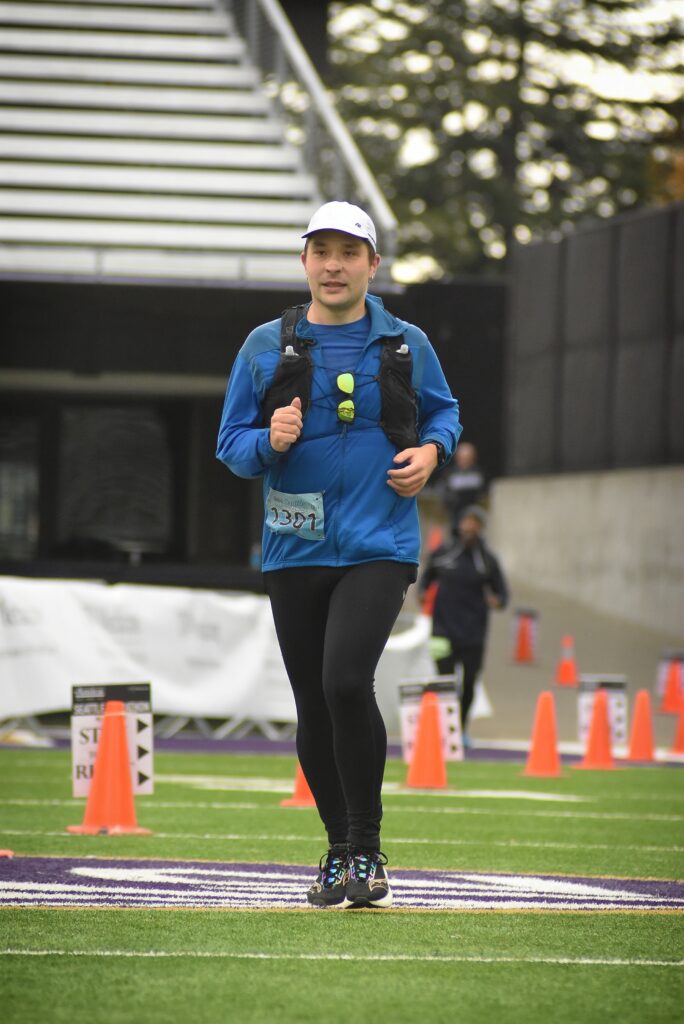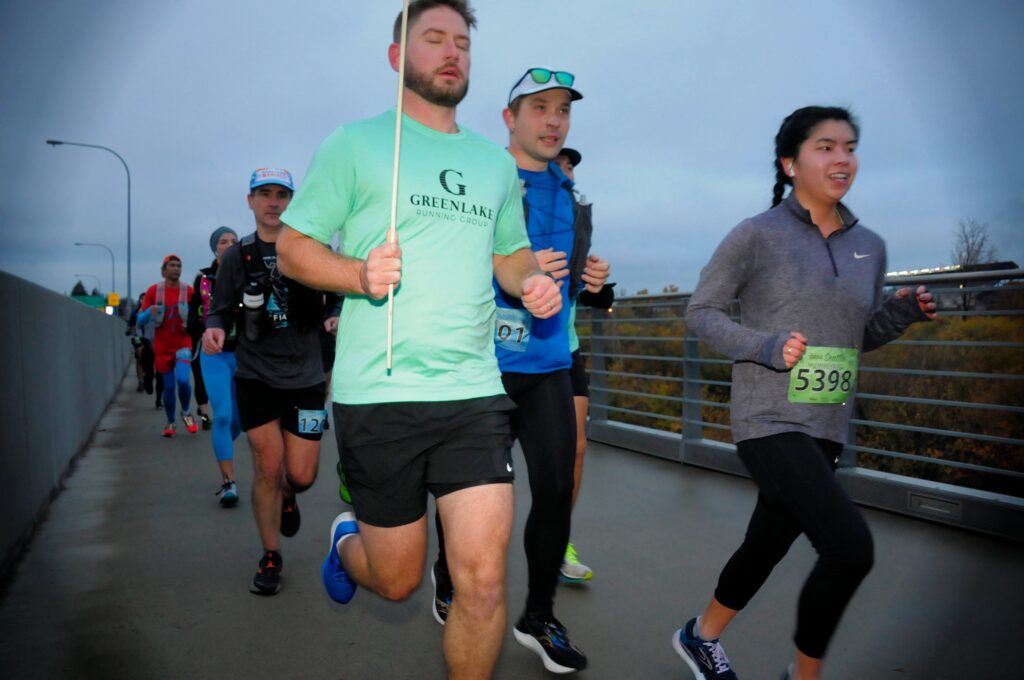Yesterday I finished my first marathon in 3:43:45 (Strava activity). Super happy that there were no major hiccups leading to the race and I was able to use all my extensive training in order to finish strong.
In training I used 8 min/mile pace as my tentative marathon pace, which corresponds to 3:29:45. However, given that the course was hilly (Strava says the elevation gain was 1129 ft, but I think it’s a vast underestimate due to faulty GPS on the course and 2000+ ft reported elsewhere sound way more believable to me), and it was a first marathon for me, the plan was to start with 3:40 pacers and see how it goes.
When we started, I didn’t feel too well: whenever we were going uphill, my left leg was getting numb and I was constantly worried that I can overlook some blisters, also ankle joints felt fatigued for whatever reason. However, in a few miles things settled a bit and I was back to normal. Then, something pretty bad happened: after 7 miles (which were by far the most hilly miles in the race) or so, I realized that we are about 2.5 minutes ahead of the schedule. At that point, I started suspecting that things will get interesting towards the end. But the first huge lesson: pacers might easily fuck up. To their defense, parts of these seven miles were in the tunnel, where the GPS was completely out of whack, but I should have caught it way sooner and didn’t try to stay with the group.
Between miles 7 and 20, things were kind of OK: I was feeling good modulo quads being quite tired due to constant hills. Mile 21 felt a bit harder but tolerable as well. Around 21.7 miles in, however, I bonked pretty hard (which effectively means that my muscles and liver ran out of available carbs and I had to rely mostly on fat for running and functioning in general). What this means is that I wasn’t able to run faster than my easy pace (which was around 1:20 per mile slower than the marathon pace), and even the easy pace hurt the whole body including arms and neck. So, last ~4.5 miles I had to slog overcoming quite severe discomfort. Luckily, at that moment, my mind was perfectly clear, I didn’t get disoriented, which could have easily happened (I saw a couple of people who passed out around miles 24–25).
All in all, I finished and was not even that much off the schedule in the end! Afterwards, it took me maybe 5 or so minutes to get into the car: legs hurt pretty badly, the face, according to my wife, was very inflamed and puffy, and overall I was a mess. 🙂 I would say that a marathon is definitely way harder than a half-marathon due to this “hitting the wall” phenomenon.
What could I have done to prevent or at least postpone the bonking other than not going with the pacers? The main thing would be to do way more hill training. I didn’t have economical running form on the hills, which lead to the glycogen burning much quicker. Another thing to tweak is the amount of carbs consumed during the race: I ate around 50 grams per hour, but it was on a conservative side. I feel could have easily bumped it up to 75g (with the aid of sports drinks perhaps, I had just gels and water) without much GI distress.
But anyways, these were relatively minor difficulties and setbacks, overall, this marathon was a huge success for me, and I can’t wait to do more of those in the coming years! Now it’s time to celebrate!
As a little retrospective:
- Marathon hurt, but it was nowhere near the last mile of an all-out 5K race 🙂
- The race itself was pretty difficult, but the training was even more difficult…
- … and not so much the physical aspect of it, but planning all the many runs around work and family commitments
Finally, some obligatory pictures.


